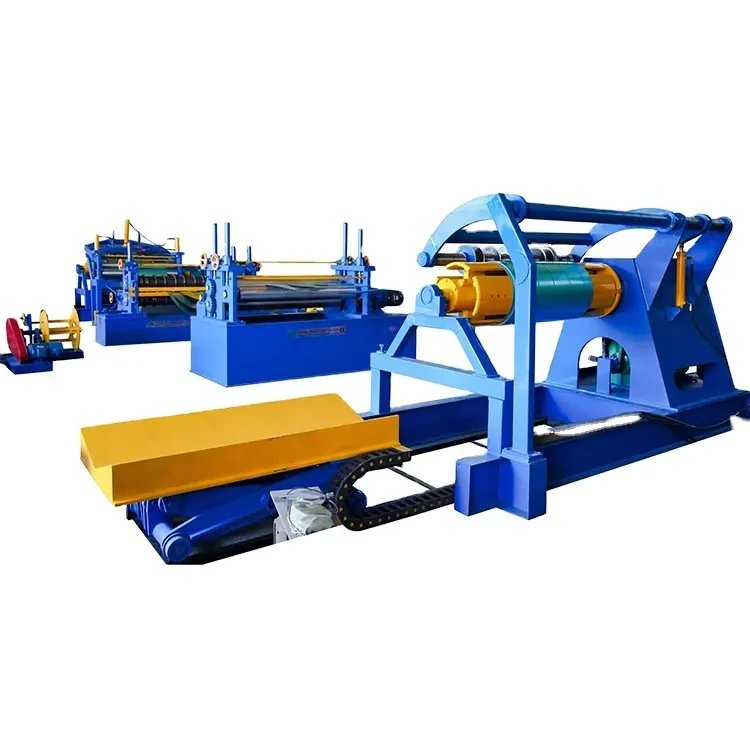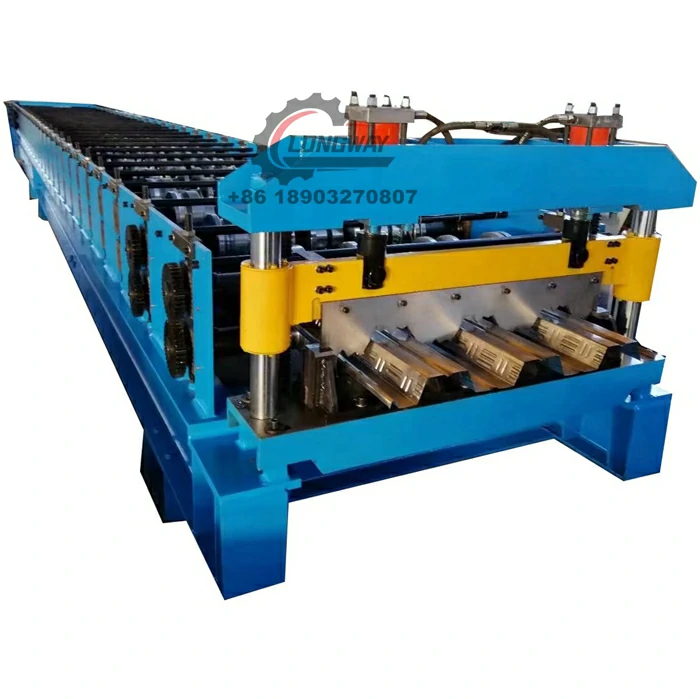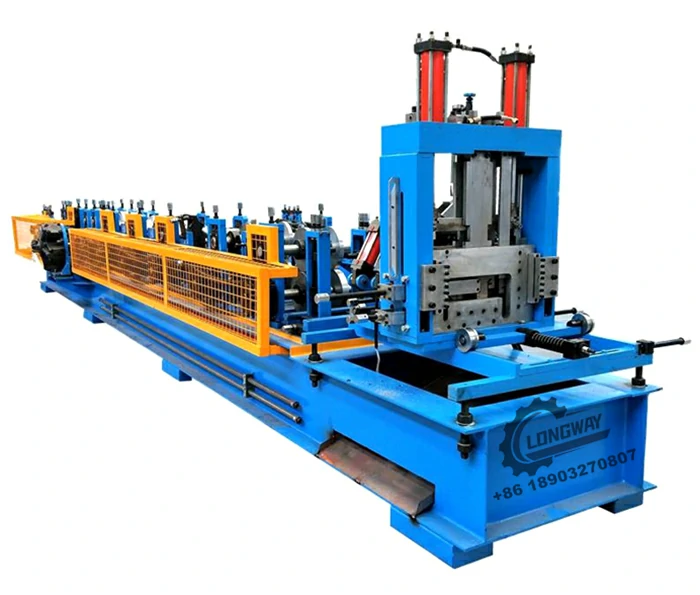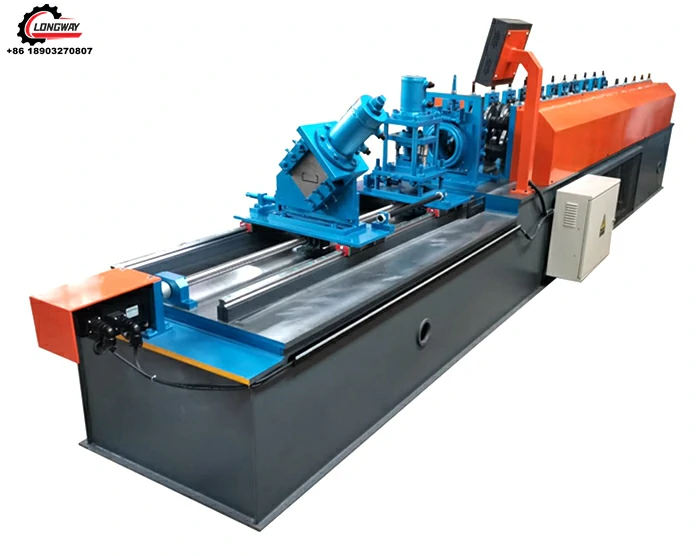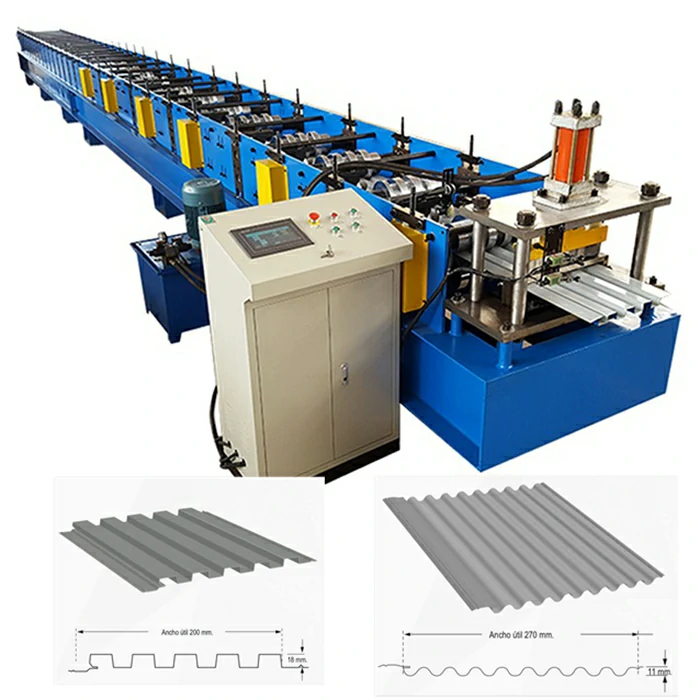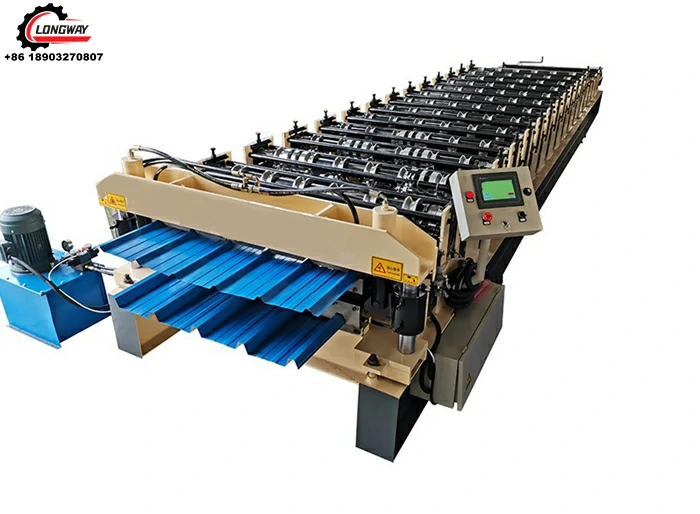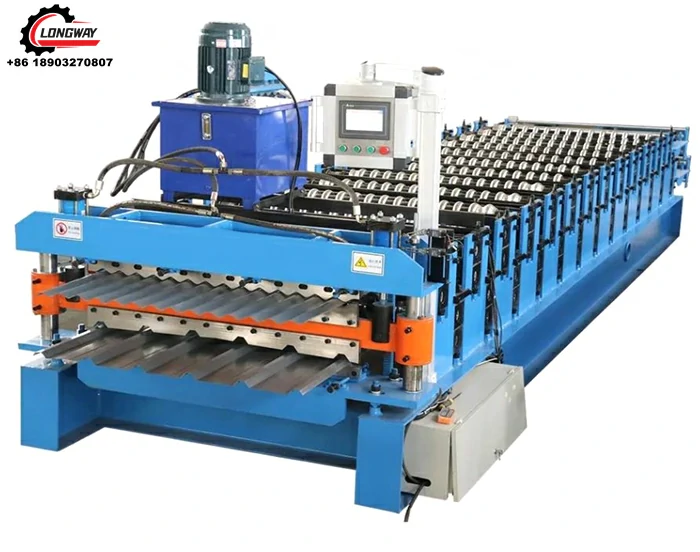Drip Edge Roll Former: Essential Roofing Fabrication for Quality & Efficiency
Unlocking the Potential of the Drip Edge Roll Former: Why It Matters Worldwide
When you think about roofing and those finishing touches that keep a building dry for decades, that little bordering piece called the drip edge suddenly takes center stage. The drip edge roll former is the machine silently shaping these essential strips of metal that prevent water damage and mold growth, ensuring structures last longer and that families stay safe worldwide. But why does understanding this device matter on a global scale, and what are the benefits it offers across industries?
Simply put, a drip edge roll former automates the precise shaping of drip edge materials, increasing production quality and speed while reducing waste. These advantages resonate with roofing companies, humanitarian relief builders, and even governments nationwide who need reliable, sustainable roofing solutions — fast. In times of expanding urbanization and climate uncertainty, quality roofing isn’t just about shelter; it’s about dignity, health, and safety.
Mini takeaway: The drip edge roll former is more than a piece of equipment — it’s a vital link in constructing resilient, waterproof roofs that protect people and property globally.
Understanding the Global Context of Drip Edge Roll Formers
We live in a world where about 55% of people reside in urban areas (UN, 2023), and countless new buildings rise each day. With rising rainfall extremes and storms due to climate change, roofs face more challenges than ever. Waterproofing and drainage solutions like those made with drip edge roll formers reduce costly damage and health risks from mold significantly. The building materials market is expected to grow by nearly 5% annually (World Bank, 2022), reflecting the sturdy demand for reliable roofing components.
Yet, many regions struggle with inconsistency in drip edge quality because manual or outdated production often introduces defects. Here, automated roll forming shines — offering uniformity, scalability, and high throughput, which is why manufacturers and relief organizations turn to the drip edge roll former. Frankly, without these machines, quick and cost-effective deployment of protective roofing would be a lot trickier, especially in disaster zones or rapidly developing urban corridors.
What Exactly Is a Drip Edge Roll Former?
If you’re new to the term, a drip edge roll former is a specialized metalworking machine that shapes flat metal strips into angled drip edges — those thin metal flashing strips installed along the edges of roofs. These metal edges guide rainwater away from the underlying structure and fascia, preventing water intrusion that would otherwise cause rot or leaks.
This machine continuously bends smooth metal coils, including aluminum or galvanized steel, into uniform, precise profiles with clean edges. It’s a key part of modern roof flashing fabrication and essential for construction companies emphasizing quality and longevity. Oddly enough, it’s probably one of the least glamorous but most critical contributors to a home or commercial building’s structural health.
If you want detailed insights on related manufacturing lines, check out this drip edge roll former resource.
Core Components and Factors That Shape Drip Edge Roll Formers
1. Durability and Material Compatibility
The best drip edge roll formers accommodate a variety of materials — steel, copper, aluminum — often with thickness ranging from 0.3 to 0.8 mm. That flexibility ensures they can handle anything from budget-conscious galvanized steel to premium copper drip edges for upscale builds. The machine’s rollers and cutting dies are usually made from hardened steel, enhancing durability and reducing maintenance cycles.
2. Speed and Production Capacity
Production efficiency is vital, especially for large-scale manufacturers or relief suppliers. Some modern roll formers can run at speeds exceeding 20 meters per minute, producing dozens of drip edges every hour. This scalability helps keep up with seasonal demand peaks or emergency roof rollouts.
3. Precision and Profile Versatility
Not every roof needs the same drip edge style. Machines equipped with adjustable tooling and computerized controls can switch between profiles quickly, delivering everything from simple right-angle drip edges to complex custom shapes. This adaptability makes the roll former much more valuable as roofing styles diversify globally.
4. Energy Efficiency
Modern manufacturers look closely at power consumption. Advances in motor technology and automation not only increase accuracy but can reduce energy use by 15–20% compared to older units — a win for sustainability-minded producers.
5. User-Friendly Interface and Maintenance
Operators appreciate machines with clear control panels and predictable maintenance intervals because downtime can be costly. Some newer models support remote diagnostics and quick-change tooling systems.
| Feature | Specification |
|---|---|
| Material Compatibility | Galvanized steel, aluminum, copper |
| Thickness Range | 0.3 – 0.8 mm |
| Production Speed | Up to 22 meters/minute |
| Maximum Coil Width | 350 mm |
| Control System | PLC with touchscreen interface |
| Power Supply | 380V, 50Hz (customizable) |
Mini takeaway: The right roll former is the one that fits your material needs, production targets, and budget, while being durable and energy-efficient.
How Drip Edge Roll Formers Impact Industries Worldwide
It’s fascinating how such a niche machine bridges various markets globally. Construction firms in North America and Europe rely heavily on drip edge roll formers for commercial roofing projects — their efficiency supports the demanding timelines of modern construction. Meanwhile, in Southeast Asia and parts of Africa, NGOs leverage these machines to produce cost-effective drip edges for fast-deploy housing units, improving shelter quality post-disaster.
One notable example is a post-typhoon housing project in the Philippines, where local manufacturers equipped with drip edge roll formers significantly cut lead times and enhanced durability standards for temporary shelters. Meanwhile, industrial zones in the Middle East use custom-profiled drip edges for large-scale warehouses exposed to harsh desert climates.
Comparing Leading Drip Edge Roll Former Vendors
| Feature | Vendor A | Vendor B | Vendor C |
|---|---|---|---|
| Max Speed (m/min) | 20 | 22 | 18 |
| Material Range | Steel, Aluminum | Steel, Aluminum, Copper | Steel only |
| Adjustable Profile | Yes | Yes | No |
| Energy Efficiency | Moderate | High | Low |
| Remote Diagnostics | No | Yes | No |
| Price (USD) | $38,000 | $45,000 | $32,000 |
The Many Advantages and Lasting Value of the Drip Edge Roll Former
The advantages are pretty compelling once you look at the long view: this machine doesn’t just cut manufacturing time or material waste; it safeguards roofs, prevents costly repairs, and upholds the comfort of homes or workplaces underneath. More than that, by providing consistent, weather-resistant drip edges, it supports social values like safety and dignity — roof leaks aren’t just inconvenient, they often cause mold-related health problems.
From a business perspective, companies benefit from reduced labor costs, less scrap metal, and faster turnaround — all that translates into competitive pricing and happier clients. For NGOs, supplying high-quality drip edges means faster and safer housing for vulnerable populations. Trust in durable materials and rapid production, as many engineers say, is what makes the roll former irreplaceable.
Looking Ahead: Innovations and Emerging Trends
If you thought roll forming is old hat, you’d be surprised. The next decade looks promising with integration of IoT-enabled diagnostics, real-time quality monitoring, and eco-friendly materials like recycled aluminum. Automation is making profile changes smoother than ever, and some manufacturers are experimenting with solar-powered roll formers to break free from grid dependency in remote areas.
Plus, in line with ISO sustainability standards (ISO 16759), many suppliers are rethinking the entire production lifecycle, combining improved energy efficiency with circular economy principles. Honestly, it's exciting to watch traditional metal fabrication meet modern green industrialism.
Challenges on the Horizon and How Industry Leaders Tackle Them
Nothing’s perfect — drip edge roll formers still face challenges like initial investment cost, skill gaps in operating complex systems, and occasional tooling wear that affects precision. Moreover, customization can drive up lead times if tooling changes aren’t streamlined.
Industry experts recommend focusing on employee training and working closely with vendors who offer fast support and spare parts. Some companies also invest in modular roll forming units that can be swapped or upgraded without replacing entire machines — a clever way to stay agile and future-proof.
FAQ: Everything You Wanted to Know About Drip Edge Roll Formers
- Q1: How does a drip edge roll former improve roofing quality compared to manual fabrication?
- Automated roll formers produce uniform, precise drip edges with fewer defects than manual bending, resulting in better water drainage and longer-lasting roofs. This reduces costly repairs and protects building integrity.
- Q2: What materials can a typical drip edge roll former handle?
- Most machines process galvanized steel, aluminum, and sometimes copper sheets, usually ranging from 0.3 to 0.8 mm thickness. Compatibility depends on the machine specs and tooling setup.
- Q3: Can drip edge roll formers be customized for different drip edge profiles?
- Yes, many modern roll formers come with adjustable tooling and computerized controls to switch profiles quickly, accommodating standard and custom shapes according to roofing requirements.
- Q4: Are drip edge roll formers energy efficient?
- Newer models incorporate advanced motors and automation to reduce power consumption by up to 20%, aligning with environmental goals and reducing operating costs.
- Q5: Can these machines be used to support emergency shelter manufacturing?
- Absolutely. Their speed, precision, and adaptability make roll formers ideal for producing large quantities of high-quality drip edges in disaster relief housing projects.
Wrapping It Up: Why Invest in a Drip Edge Roll Former Today?
The drip edge roll former might not grab headlines like solar panels or smart home tech, but it’s quietly revolutionizing how we protect roofs worldwide. From cost savings and production speed to safeguarding homes in vulnerable communities, this machine delivers tangible benefits that echo through the roofing lifecycle — and beyond.
Whether you build commercial complexes or supply shelters in remote areas, the right drip edge roll former will be a sturdy partner for your production line. Explore your options, and if you’re curious, visit our website at https://www.lwrollformingmachine.com for detailed models and expert advice.
References:
1. United Nations, World Urbanization Prospects, 2023
2. World Bank Construction Market Data, 2022
3. ISO 16759 – Sustainability in Metallic Materials, 2021
-
Corrugated iron roofing sheet making machine with CE, AutoNewsNov.17, 2025
-
3mm Steel C U Channel Roll Forming Machine, Heavy DutyNewsNov.17, 2025
-
Calamima Micro Ondulada corrugated roof sheet machine - CNCNewsNov.17, 2025
-
Metal Roofing Roll Former for Sale Companies - Fast, PreciseNewsNov.17, 2025
-
Drywall Steel L Angle Bar forming machine | Fast, PreciseNewsNov.17, 2025
-
Corrugated Iron Roofing Sheet Making Machine, Fast & DurableNewsNov.11, 2025
-
Corrugated Metal Roofing Machine | High-Speed, Precise, CENewsNov.11, 2025
